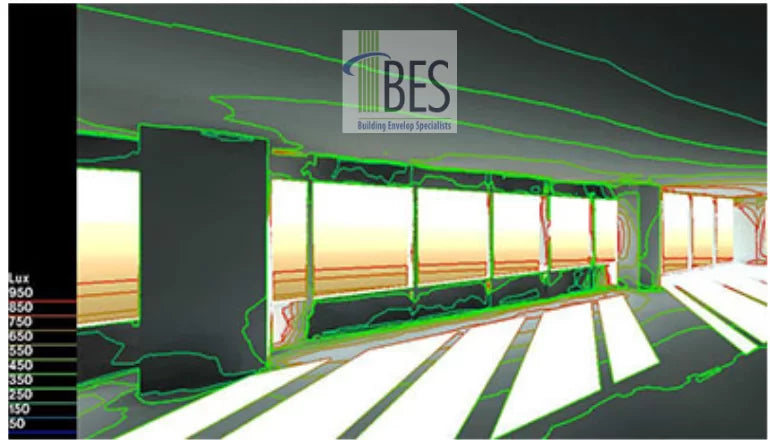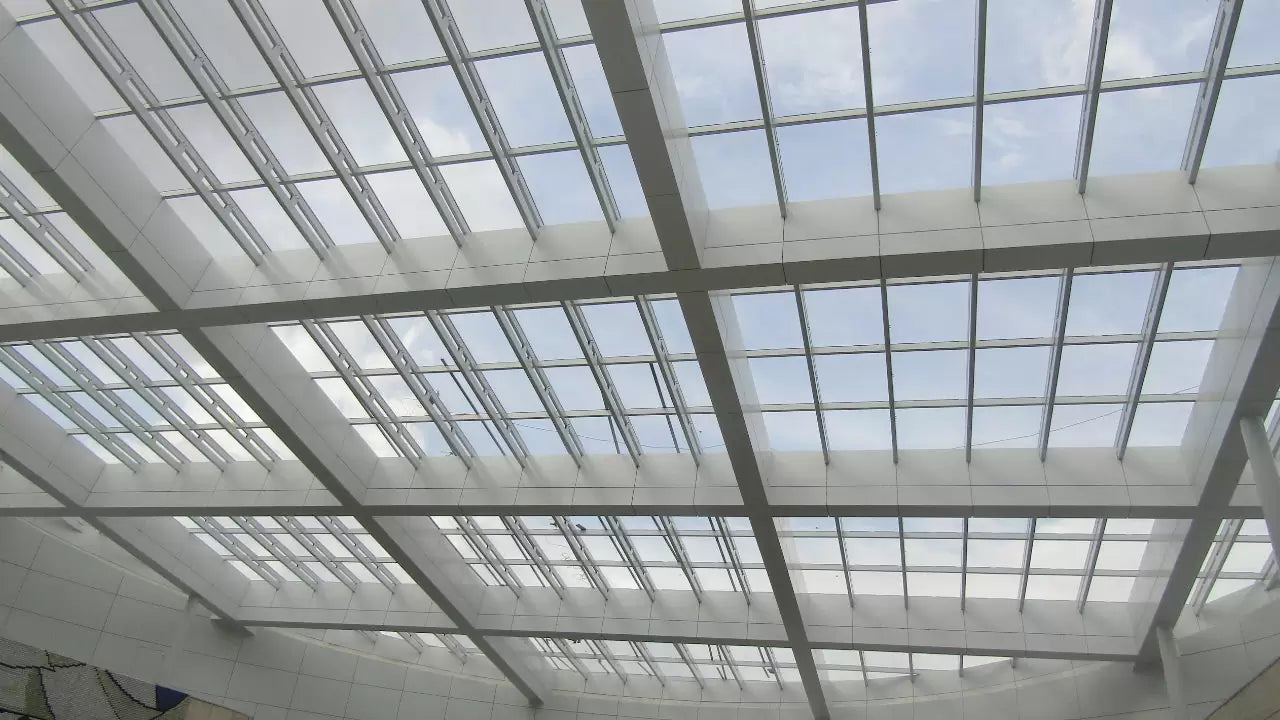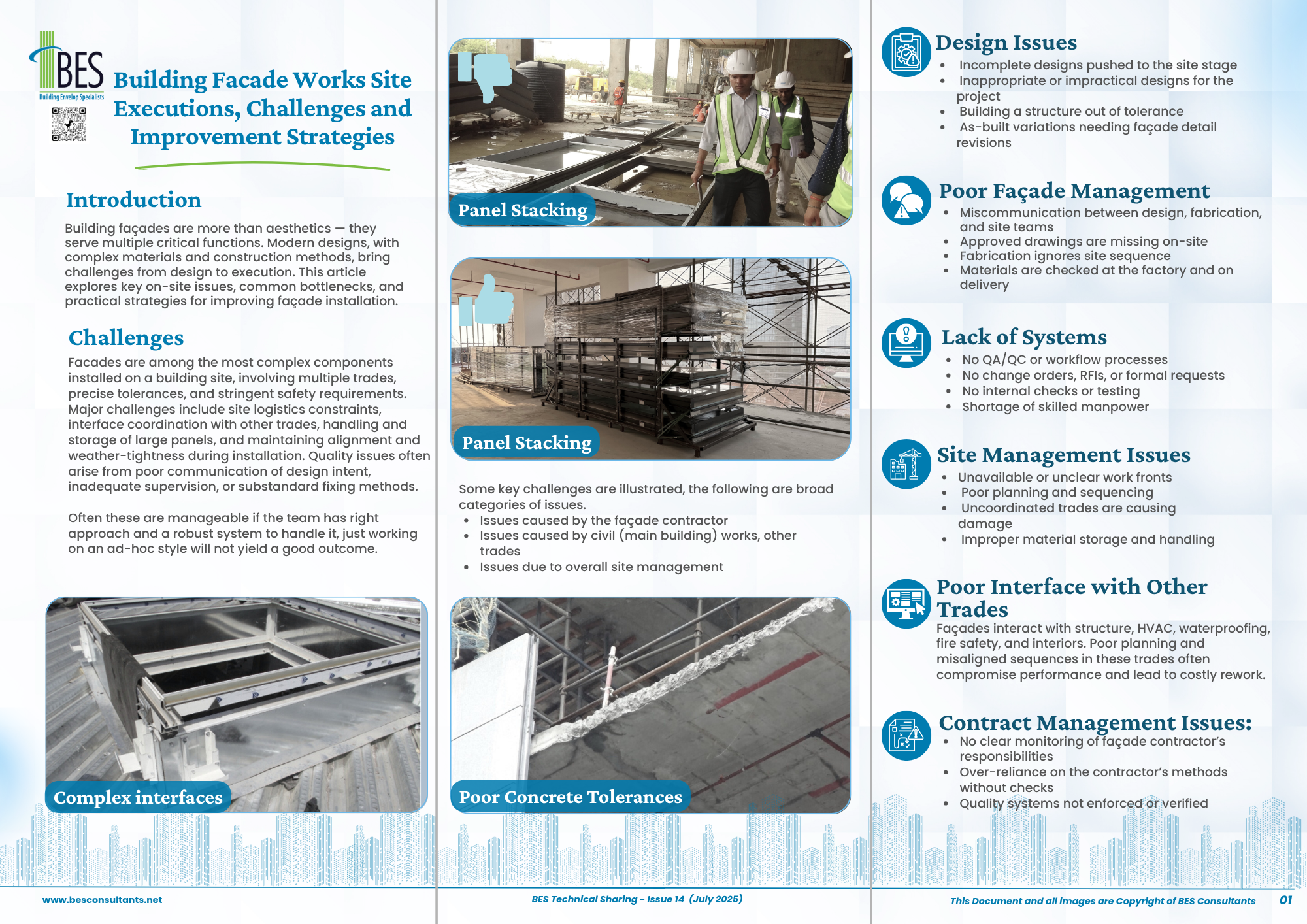What is Glass Engineering?
Glass engineering plays a crucial role in modern building design. With advancements in technology, glass has become a versatile material that can be used in a variety of applications.
One of the most important aspects of glass engineering in buildings is ensuring safety. Glass used in buildings must be able to withstand various types of loads, such as wind, snow, or even earthquakes. It is also essential that the glass can resist impacts from objects or people, especially in areas like balconies or staircases. To ensure safety, engineers must consider factors such as the thickness and type of glass, the installation method, and the placement of the glass in the building. Additionally, engineers must take into account any environmental factors that could impact the glass, such as high winds or seismic activity.

Design is another essential aspect of glass engineering in buildings. Glass can be used to create stunning visual effects, such as facades, atriums, and skylights. However, it is also important to consider the practical aspects of design, such as the size and thickness of the glass, as well as the method of installation. Engineers must work closely with architects and designers to ensure that the glass meets both aesthetic and functional requirements. Additionally, engineers must ensure that the glass is compatible with other building materials and systems, such as the building’s HVAC system and fire protection systems.

Another critical consideration is energy efficiency. Glass can play a significant role in reducing a building’s energy consumption by providing natural light and insulation. However, inefficient glass can have the opposite effect, leading to increased energy usage and higher utility bills. To maximize energy efficiency, engineers can use low-emissivity coatings, which reduce the amount of heat transferred through the glass. Additionally, engineers can use insulated glass units, which consist of two or more panes of glass separated by a sealed air space. This design provides better insulation than single-pane glass, leading to lower energy usage and better temperature regulation.

Glass engineering has gained increasing importance as an architectural element in recent years. Architects and designers have been using glass to create unique and innovative designs, such as the Apple Store on Fifth Avenue in New York City, which has a glass cube entrance. The use of glass in skyscrapers has also become more prevalent, with buildings like the Burj Khalifa in Dubai featuring extensive glass facades.
Use of laminated glass has increased, as it provides better sound insulation and higher security than traditional glass. Laminated glass consists of two or more layers of glass bonded together with a plastic interlayer. When the glass breaks, the plastic interlayer holds the glass together, reducing the risk of injury and making it more difficult for intruders to gain entry to the building.
Another trend in glass engineering is the use of smart glass, which can change its transparency or color based on the environment or user preference. Smart glass can be used to create dynamic facades that respond to changing weather conditions, or to provide privacy in areas like conference rooms and offices.
Overall, glass engineering has become an exciting field with endless possibilities for innovation and creativity. As technology continues to advance, we can expect to see even more exciting developments in the use of glass in building design.



